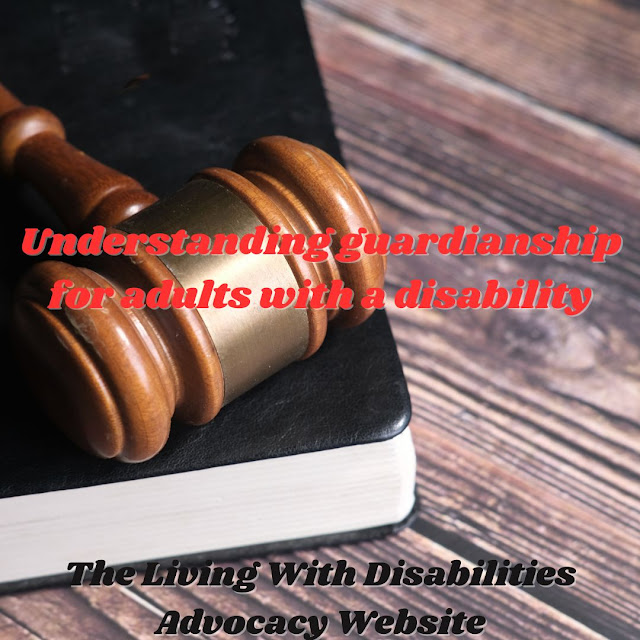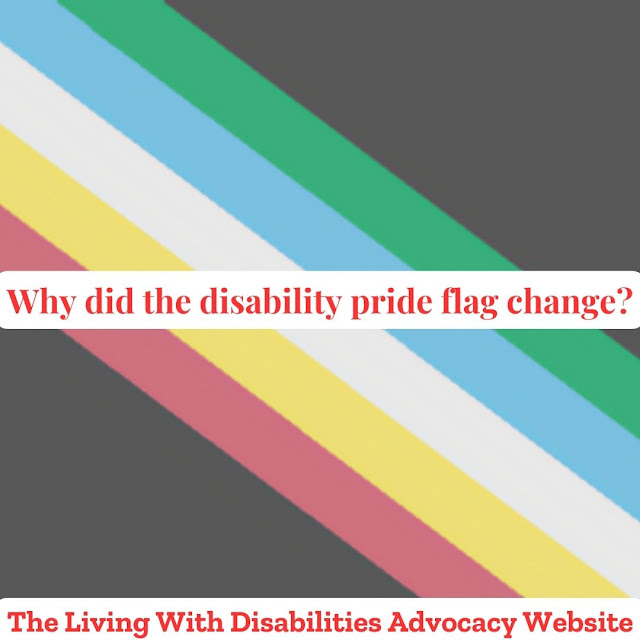Disability Inclusion
Hello everyone, I'm Katrina from Living with Disabilities. You're tuned into the Living with Disabilities Website, the advocacy website dedicated to helping people comprehend the disabled community. The core purpose of our website is to assist society in recognizing the full range of various disabilities and conditions. Accessibility is a key component of this understanding. Without accessibility, there's exclusion. This week, we'll explore Disability Inclusion. Let's push 'Dis' aside and focus on the 'Ability' here at Living with Disabilities.
Living with Disabilities advocates that every mainstream camp should ring a bell to signify the inclusion of people with disabilities, akin to the bell rung for individuals who have confronted cancer, symbolizing triumph.
Host Katrina has never participated in any kind of camp, though the idea has always lingered in her mind. She would consider joining one, provided it doesn't involve sleeping outdoors. This brings up a question regarding Living with Disabilities: Are there mainstream camps that do not accommodate individuals with disabilities, and if so, what methods could they use to integrate a person with a disability?
From the perspective of Living with Disabilities: If mainstream camps do not accept children or adults with disabilities, the question arises as to why this is the case, and it is crucial to address the importance of inclusion.
Parents, guardians, and others: If you haven't watched the documentary "Crip Camp," I highly recommend viewing it in its entirety. The camp's influence was pivotal; many events that unfolded over the years might never have begun without it.
In 1948, individuals with disabilities were historically perceived differently across cultures. Some were outright rejected, others were exiled, and some were viewed as profitable and thus segregated. Regrettably, there were instances where they were confined within brick and mortar by their own families.
Between the 1980s and 1990s, the term "handicapped" was progressively substituted with "disabled." Adopting a different perspective towards the disabled community is essential. This is not the only term that has evolved.
Living with Disabilities addressed Disability protocols in January 2023, providing guidance and insights on effective communication and positive interactions with individuals with disabilities. The article and episode discussed the fundamentals of a person's primary language before transitioning to the topic of individuals with disabilities. Over the years, individuals with disabilities have increasingly focused on the 'Ability' aspect of the term 'disability.'
In the past, there were very few toys that represented disabilities. A review of a large US toy store's catalog found only two toys related to disabilities from 1930 to 1963. This lack of representation led to initiatives like #toylikeme in 2015, which aims to promote the development of toys that depict disabilities.
In April 2015, writer, creator, and executive producer Rebecca Atkinson, who had spent twenty years in television production and print journalism, including work for Children's BBC, noticed a significant lack of toys representing people with disabilities. This observation led her to initiate the #toylikeme campaign. Rebecca noticed a gap in the toy industry and reached out to several parents, including Melissa Mostyn, a published writer and visual artist, as well as Karen Newell, a former Ragdoll (Teletubbies) play consultant. Karen is an expert on children with disabilities, a parent to a visually impaired son, and a co-founder of the #toylikeme campaign.
Aware of the significant shortage of toys representing people with disabilities, Rebecca understood precisely what her mission was and took action. Reflecting on her own experiences growing up with a hearing aid, she recounted the impact of never seeing oneself reflected in mainstream toys and the potential effects on a child's self-esteem.
Living with Disabilities wants to convey that without Rebecca taking action and drawing from her own experiences, toys representing people with disabilities might not exist. Many companies lack a carbon copy to emulate when seeking the right path to continue highlighting individuals with disabilities.
Many doors have opened in the past, and from observing numerous carbon copies, lessons have been learned to start creating better spaces for people with disabilities. However, there are still many areas that need to adopt inclusion, and with inclusion comes accessibility. Without proper access, exclusion persists.
Which venues have you approached to ensure your voice is heard? What advancements, if any, have you observed? Those living with disabilities want to acknowledge your efforts and assure you they will be fruitful. Society must now shift focus from the 'Dis' to your abilities.
Living With Disabilities Presents: The Advocacy Table
a space created for people with disabilities to be able to have freedom of speech and talk on different topics surrounding the disability community. To get more details, check out The Advocacy Table. To become a panelist, write into the show and let the host know what topic you want to talk about. She will then send out a group email to all panelists after the show has reached five or ten people. After the show, a survey will be emailed to you, and we would love to get your feedback.
If you need online support, Disability Safe Haven is great for receiving support. The We Care Team is very protective of its members and asks everyone who joins, to have a profile picture and answer the security questions.
Another online support, Living With Cerebral Palsy, is great for people with cerebral palsy and for family and friends who want to learn more about different types of cerebral palsy and how to support their loved ones who have it. This group has open and closing hours and a 24/7 chatroom. Open and closing hours are based on United States time zones.
If you are looking for Virtual fun, a group filled with creative activities, and a space where you build on friendship. United By Creative Minds, is a space for people with disabilities only! Must have a profile picture and answer the security questions.
Reference Link
Viewpoint: Is it time to stop using the word "disability"? - BBC News
Toy companies break down barriers to be more inclusive | AP News
Melissa Mostyn – Artist and writer (msmelissamostyn.com)
Karen Newell - Manchester Animation Festival
Podcast Link
https://podcasters.spotify.com/pod/show/livingwithdisabilites/episodes/Disability-Inclusion-e2liq7a




Comments
Post a Comment